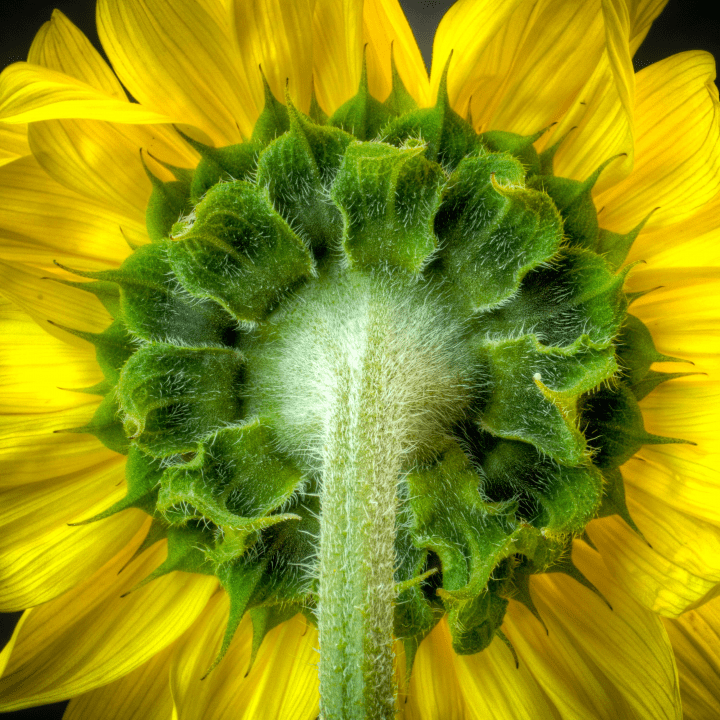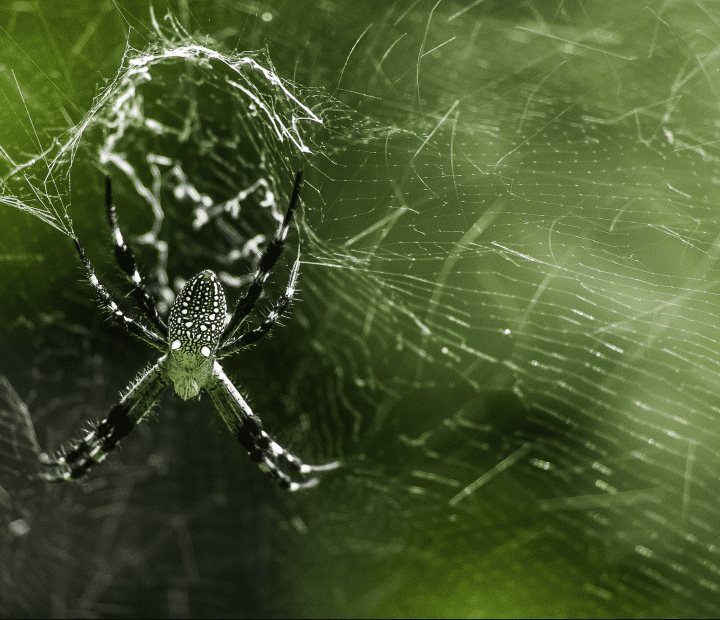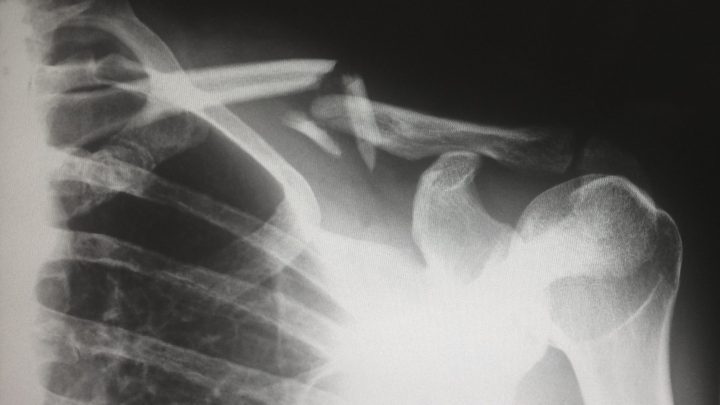The footpads of mammals maintain functional integrity as body mass increases through changes in geometry and material properties.
Introduction
In mammals that walk on their toes—like cats, dogs, and other carnivores—footpads are the first parts of the foot to touch the ground with every step. These soft, durable pads take on the full weight and impact of each stride, helping animals move silently, swiftly, and with powerful control. These pads are even more essential for larger animals, as their bodies create much greater forces during movement. The design of these footpads is nothing short of remarkable; not only do they vary to accommodate different body sizes, but they also balance functions like cushioning, energy return, and support. This flexibility makes carnivoran footpads both diverse and specialized, enabling a range of animals to thrive in their environments.
The Strategy
Carnivoran footpads are essential to the way these animals move, and they’re adapted in clever ways to keep pace with the demands of different body sizes. As body mass increases from smaller carnivores like house cats to larger ones like wolves, footpads need to balance two conflicting needs: providing enough surface area to distribute weight and being tough enough to resist the increased pressures and forces of movement.
Studies show that while larger animals’ footpads don’t increase in size exactly in proportion to body mass, they become stiffer to handle the extra weight. This means that while a bigger animal has less relative pad surface area than a smaller one, the stiffness of its pads compensates by reducing the amount they compress under pressure. Stiffer pads lower the strain (or stretching force) on the tissues, which helps prevent damage from repeated impacts. The stiffer the pad, the better it holds up under pressure, helping larger animals avoid injury while still allowing them to move quickly and comfortably.
Another fascinating feature of these footpads is their role in energy storage and return. When the pad compresses under an animal’s weight, it temporarily stores energy. This energy is then released when the animal pushes off the ground, adding a spring to each step that helps propel it forward. Interestingly, larger carnivores store slightly more energy in their hindfoot pads than in their forefoot pads, which means they get a boost of extra energy just as they push off. This small difference in energy return is likely an for efficient movement, allowing larger animals to use less energy to move their bigger bodies.
One final benefit of the specific design of footpads is their influence on bone health. The stiffness of the pads and the specific way they absorb forces help to create just the right load conditions on the bones, which actually promotes healthy bone growth and remodeling. This is especially important for larger animals, as their bones bear more weight and need continuous renewal to stay strong.
The Potential
The sophisticated design of carnivoran footpads could inspire a variety of human-made materials and products. For instance, understanding the balance between flexibility and stiffness in footpads could lead to advanced footwear that offers cushioning and energy return while remaining supportive under pressure. These insights could also inspire more efficient and durable designs for prosthetics, which need to withstand impact while enabling smooth movement. In robotics, adapting the stiffness and energy-return properties of footpads might allow machines to move with greater agility and reduced wear, especially over rugged terrain.
AI on AskNature
This page was produced in part with the assistance of AI, which is allowing us to greatly expand the volume of content available on AskNature. All of the content has been reviewed for accuracy and appropriateness by human editors. To provide feedback or to get involved with the project, contact us.





